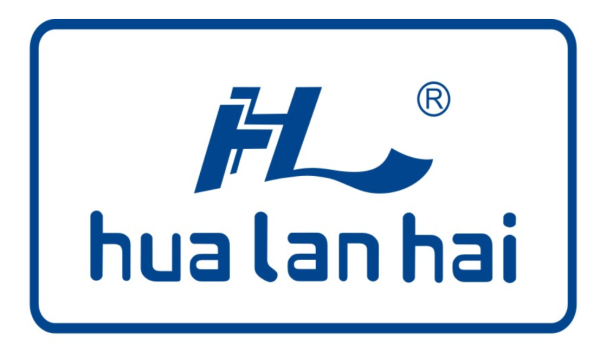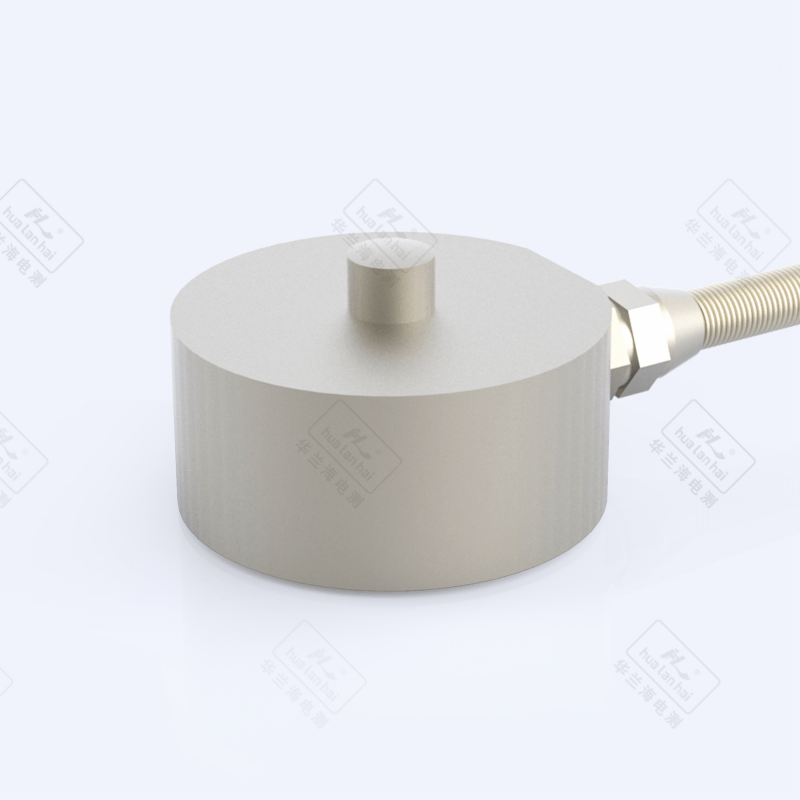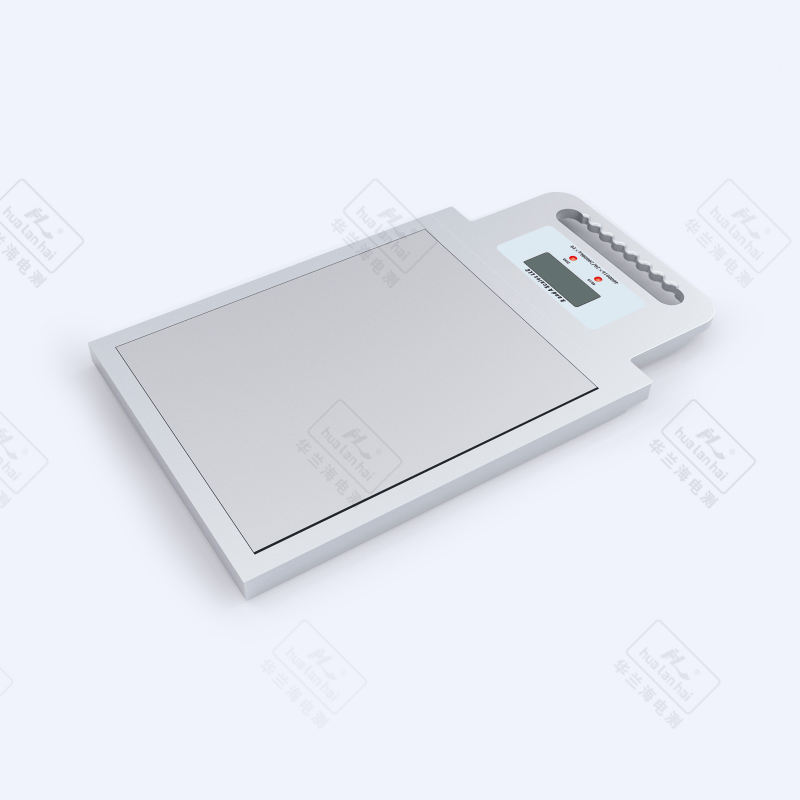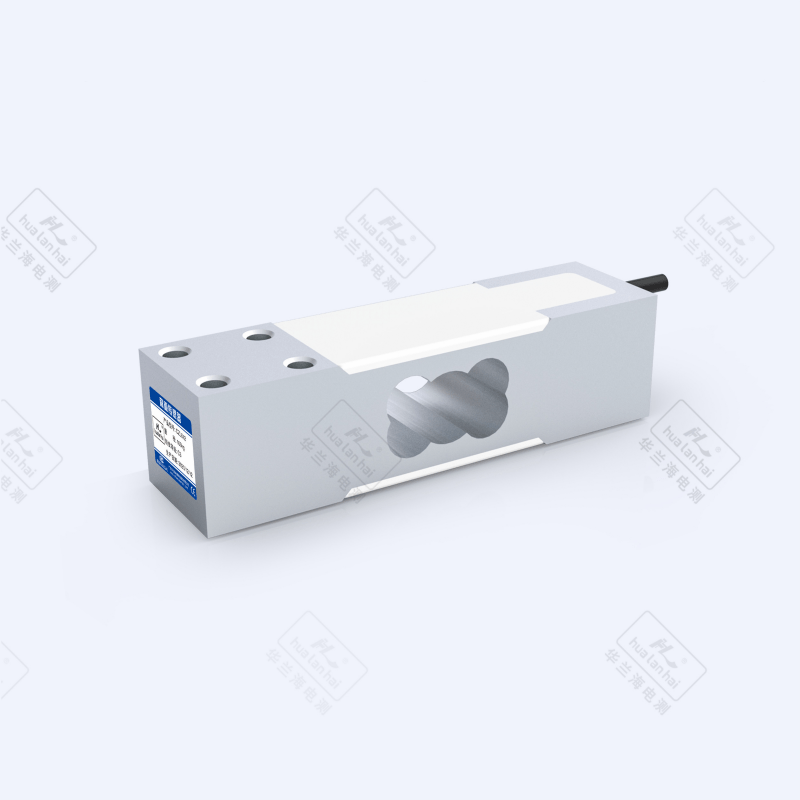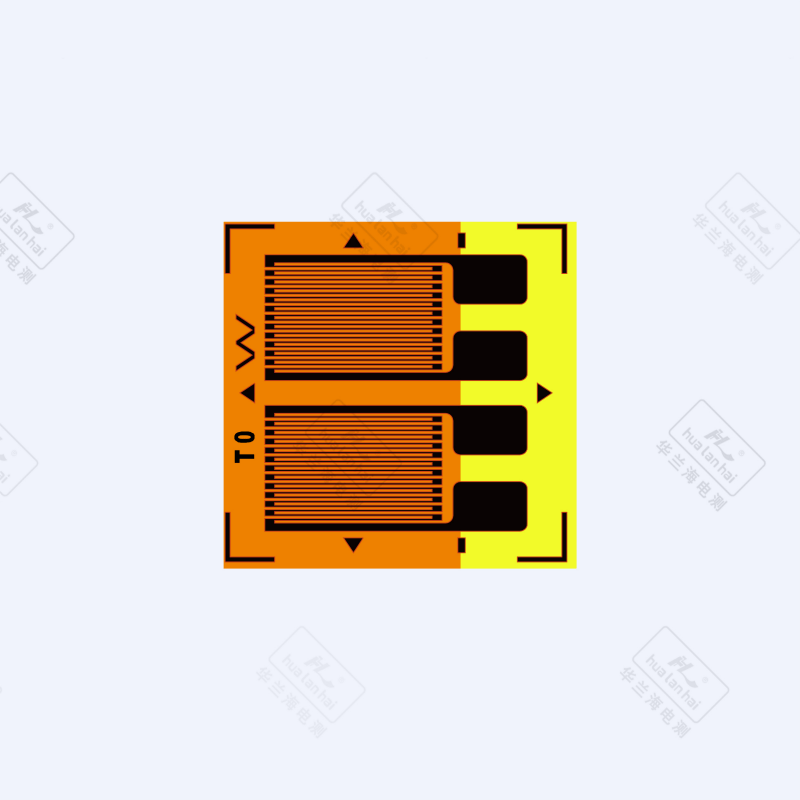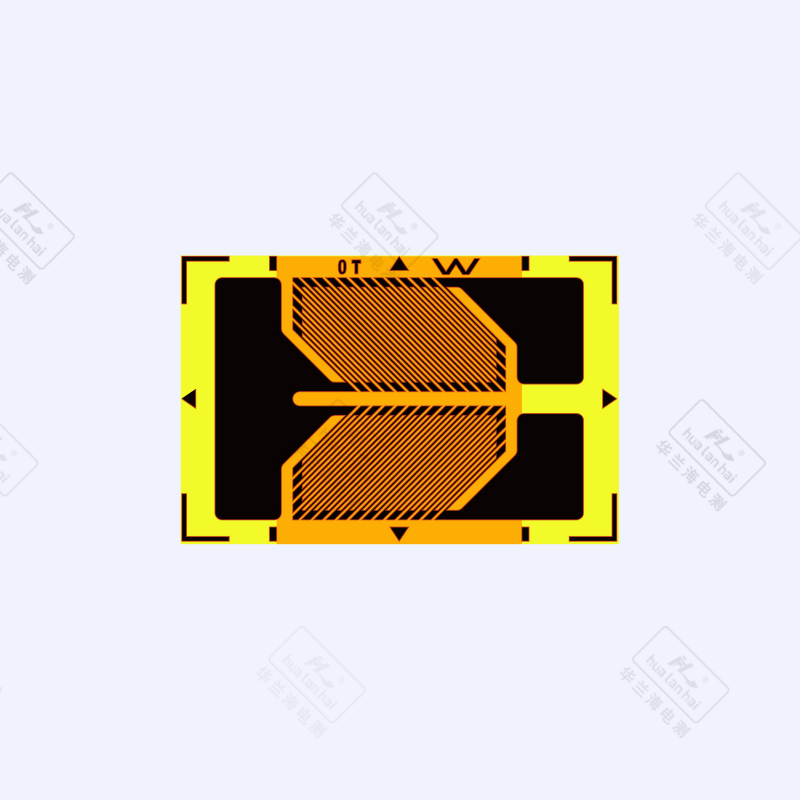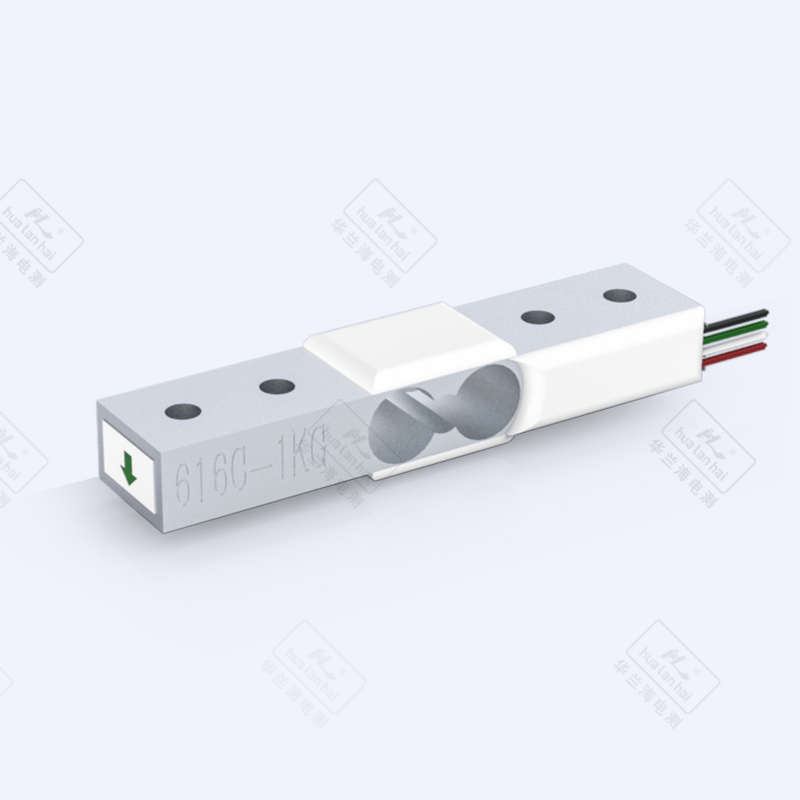- Overview
- Recommended Products
- Structural Design: Adopts a spoke-type integrated structure (the rim and hub are connected by spokes, with a height typically ranging from 20 to 80mm), featuring uniform rigidity distribution, excellent resistance to eccentric load/lateral force (capable of withstanding an eccentric load force of ±15% - ±20% of the rated load), effectively dispersing the impact of non-axial loads, and strong force-bearing stability.
- Accuracy Performance: Accuracy class covers C2 - C6, with mainstream models reaching C3. Nonlinearity error ≤ ±0.02%FS, repeatability error ≤ ±0.01%FS, zero drift controlled within ≤ ±0.003%FS/℃, and good accuracy retention under dynamic intermittent load scenarios.
- Material and Protection: The elastomer commonly uses alloy steel (yield strength ≥ 900MPa) or 304/316L stainless steel, with the surface passivated or nickel-plated for corrosion resistance capacity enhancement; the protection class is typically IP66/IP67, and special custom models can reach IP68, suitable for humid and dusty industrial environments.
- Installation Compatibility: The upper and lower end faces use bolt fixing or flange connection, with some models supporting thread adaptation. The installation height is low (minimum 18mm), suitable for narrow spaces mainly subject to vertical forces, and can be used independently or in multiple combinations.
- Weight/Force Value Detection: Supports static weighing and quasi-dynamic weighing (response time ≤ 8ms), with a measurement range covering 0.1t - 200t. Regular applications are concentrated in the 1t - 50t range, and some customized models can meet special requirements above 200t.
- Signal Output: Provides standard analog signals (4 - 20mA, 0 - 5V, 0 - 10V) and digital signals (RS485/Modbus RTU). Some intelligent models support the CANopen protocol and can be directly connected to PLC, DCS, and weighing management systems.
- Additional Functions: Integrates wide temperature range temperature compensation (-30°C ~ 80°C), has overload protection (150% - 250% of rated load), explosion-proof models are certified by Ex d IIB T4 Ga/Ex ia IIC T6 Ga, and some models come with cable anti-break design.
- Long-Term Reliability: Fatigue life ≥ 10⁷ cycles of load, excellent continuous operation stability under rated load, annual drift ≤ ±0.015%FS, suitable for long-term continuous operation in industrial scenarios.
- Inaccurate measurement under eccentric load conditions: To address the issue of excessive error in traditional sensors under non-axial loads, through the optimization of force transmission in the spoke structure, the eccentric load error is controlled within ±0.03% FS, solving the accuracy problems in scenarios such as silo eccentricity and material impact.
- Difficult installation in narrow spaces: With its "short and thick" structural characteristics (diameter 50 - 200mm, height 20 - 80mm), it solves the installation adaptation problems in space-constrained scenarios such as inside equipment, small weighing instruments, and embedded weighing modules, without the need for additional redundant space.
- Prone to damage under vibration and impact: The stress distribution of the spoke-type elastomer is more uniform, and its impact resistance is improved by more than 30% compared to column-type sensors, effectively avoiding permanent deformation of the sensor in scenarios such as mechanical vibration and material drop impact, and extending its service life.
- Insufficient adaptability to multiple scenarios: Through material upgrade (such as 316L stainless steel) and enhanced protection (IP68), it solves the corrosion problem of sensors in humid and corrosive environments such as food processing and chemical batching, while the explosion-proof model meets the safety requirements of flammable and explosive scenarios.
- Cumbersome system integration and docking: It supports multiple types of signal output and mainstream industrial protocols, solving the compatibility problems with different brands of PLCs (such as Mitsubishi, Schneider) and weighing instruments, and reducing the investment in intermediate equipment such as signal converters.
- Installation Convenience: Standardized end-face mounting holes and positioning reference surfaces, along with dedicated mounting gaskets and fastening bolts, enable horizontal positioning without the need for professional calibration tools. A single person can complete the installation and commissioning of a single sensor within 30 minutes.
- Operation and Calibration: Supports one-button zeroing and two-point calibration of the instrument, simplifies the calibration process (only requires standard weights of 20% and 100% of the rated load), and the digital model can achieve remote calibration and parameter configuration through the host computer software, reducing the operation threshold.
- Low Maintenance Cost: The fully sealed structure reduces the intrusion of dust and moisture, with an annual average failure rate ≤ 0.3%; the terminal block adopts an anti-loosening design, and the cable interface has waterproof and dustproof sealing. Only quarterly cleaning and zero-point inspection are required in daily use, with low maintenance workload.
- Data Feedback: Static weighing data fluctuation ≤ ±0.005%FS, with no obvious lag in quasi-dynamic scenarios; the digital model has a built-in fault diagnosis module that can provide real-time feedback on overload, disconnection, abnormal temperature and other states, facilitating quick problem location.
- Compatibility Experience: Compatible with over 95% of weighing control devices on the market, supports automatic load distribution when multiple sensors are used in parallel, eliminating the need for additional equalizers; the intelligent model can be directly connected to the industrial IoT platform to achieve remote data monitoring.
Product Introduction
Spoke-type load cells are force-sensitive detection elements based on the strain-resistive principle, with a spoke-shaped elastomer as the core structure. When subjected to force, the deformation of the elastomer drives the strain gauge to produce resistance changes, which are then converted into measurable electrical signals. They combine advantages such as compact structure and outstanding anti-eccentric load capacity, and are widely used in weighing scenarios with medium to low loads and limited space. The following provides a detailed explanation from the core dimensions to meet the needs of product selection, technical evaluation, and solution writing:
1. Product Features and Functions
Core Features
Core Function
2. Core Issues Resolved
3. User Experience
4. Typical Application Scenarios
1)Industrial Weighing Equipment Manufacturing
• Small and Medium-sized Platform Scales/Floor Scales: Core sensing units for 1-50t platform scales and floor scales, with a compact structure suitable for internal installation in weighing equipment, and anti-eccentric load characteristics ensuring accuracy consistency at different weighing positions (such as supermarket pricing platform scales and workshop turnover floor scales).
• Customized Weighing Equipment: Used for explosion-proof electronic scales and corrosion-resistant chemical scales, 316L material + explosion-proof certification can meet the needs of special industries, and the spoke structure can adapt to the diversified structural design of weighing equipment.
2)Engineering and Construction Machinery
• Weighing of Loaders/Shovels: Installed in the hydraulic system of the bucket, indirectly weighing by detecting hydraulic pressure, the spoke-type structure has strong anti-vibration and impact capabilities, adapting to the harsh operating environment of construction machinery, with an accuracy of up to ±0.5%FS.
• Pressure Monitoring of Hydraulic Supports: Monitoring the working resistance of hydraulic supports in coal mines, using explosion-proof spoke-type sensors with a protection level of IP67, capable of long-term stable operation in dusty and humid environments, providing data support for the safety of supports.
3)Industrial Process Control
• Weighing of Small and Medium-sized Material Tanks/Silos: Weighing of batching tanks and buffer silos in the pharmaceutical and food industries, with 4 sensors symmetrically installed, anti-eccentric load characteristics solving the problem of center of gravity offset of material tanks, and cooperating with the control system to achieve accurate feeding.
• Weighing of Packaging Machinery: Dynamic weighing modules for particle packaging machines and liquid filling machines, with a response time ≤8ms to meet high-speed packaging requirements, and accuracy controlled within ±0.1%FS to ensure packaging measurement compliance.
4) Material Testing and Scientific Research Equipment
• Tensile/Compression Testing Machines: Static force value measurement in material mechanics testing, C2-level accuracy can meet scientific research-level testing requirements, and the spoke structure is evenly stressed, ensuring the repeatability and accuracy of test data.
• Fatigue Testing Equipment: Load monitoring in the fatigue life testing of components, with a cycle life of ≥10⁷ times and stable mechanical properties, capable of meeting the needs of long-term testing experiments.
5) Special Industry Applications
• Food and Pharmaceutical Industries: Hygienic-grade 316L stainless steel sensors, with surface polishing treatment (Ra ≤0.8μm), complying with GMP standards, used in raw material weighing, finished product metering and other processes, facilitating cleaning and disinfection.
• Mining and Metallurgy: High-temperature spoke-type sensors (compensation temperature -40°C~120°C), used for ore sorting equipment and weighing of metallurgical furnace hoppers, capable of adapting to the usage requirements of high-temperature and dusty environments.
5. Usage Instructions (Practical Guide)
1) Installation Process
• Preparation: Clean the installation surface (ensure it is flat and burr-free, with a flatness error ≤0.05mm/m), check the appearance of the sensor (the elastomer is free of deformation and the cable is undamaged), and verify the compatibility of the installation bolt specifications with the sensor.
• Positioning and Fixing: Place the sensor vertically on the mounting base to ensure that the load is transmitted axially, use a torque wrench to tighten it according to the specified torque (15-40N·m is recommended for alloy steel sensors, and 10-30N·m for stainless steel), and avoid over-tightening that may damage the elastomer.
• Wiring Specification: For analog signals, follow the wiring principle of "red - power +, black - power -, green - signal +, white - signal -"; for digital signals, connect the corresponding pins according to the Modbus protocol; the wiring should be away from strong electromagnetic interference sources (such as frequency converters and high-voltage cables), with a distance ≥15cm.
• Protection Treatment: When installing in outdoor or humid environments, use a waterproof junction box to seal the cable joints, and a dust cover can be installed on the exposed part of the sensor; in a corrosive environment, a special anti-corrosion coating should be applied to the non-stressed surface.
2) Calibration and Debugging
• Zero Calibration: Turn on the power and preheat for 20 minutes, execute the "zero calibration" command through the weighing instrument or the host computer to ensure that the zero output is within ±0.002%FS, and if the deviation is too large, check the installation levelness.
• Load Calibration: Place standard weights of 20% and 100% of the rated load in sequence, record the output signal values of the sensor, correct the linear error through calibration software, and ensure that the error at each load point ≤ the allowable value of the corresponding accuracy class (e.g., ≤±0.02%FS for C3 class).
• Dynamic Debugging: In a quasi-dynamic scenario, adjust the instrument filtering parameters (filtering frequency 8-15Hz), test the sensor's response speed and data stability, and avoid signal fluctuations caused by material impact.
3) Routine Maintenance
• Regular Inspection: Clean the dust and oil on the sensor surface monthly, check the tightness of the wiring terminals; perform zero calibration once every six months, and complete full-scale calibration and performance testing once a year.
• Fault Handling: If data drift occurs, first check the power supply voltage (stable at 10-30V DC) and the flatness of the installation surface; if the signal is abnormal, check whether the cable is damaged or the strain gauge is overloaded and damaged, and replace the sensor if necessary.
6. Selection Method (Precisely Matching Requirements)
1) Determination of Core Parameters
• Range Selection: Select a model with a range 1.3 - 1.6 times the actual maximum load (e.g., for a maximum load of 10t, a 13 - 16t sensor can be selected), leaving sufficient overload margin to avoid damage from impact loads.
• Accuracy Class: For industrial metrology, select Class C3 (error ≤ ±0.02%FS); for scientific research testing, select Class C2 (error ≤ ±0.01%FS); for general monitoring, select Class C6 (error ≤ ±0.03%FS).
• Signal Type: For traditional control systems, select analog signals (4 - 20mA); for intelligent IoT systems, select digital signals (RS485); for construction machinery, select models with CANopen protocol.
2) Selection Based on Environmental Adaptability
• Temperature: For normal scenarios (-30°C ~ 60°C), select ordinary models; for high-temperature scenarios (60°C ~ 120°C), select high-temperature compensated models; for low-temperature scenarios (-50°C ~ -30°C), select low-temperature resistant models.
• Medium: For dry environments, select alloy steel; for humid/slightly corrosive environments, select 304 stainless steel; for highly corrosive environments (acid-base solutions), select 316L stainless steel or Hastelloy materials.
• Protection Class: For indoor dry environments, ≥ IP66; for outdoor/humid environments, ≥ IP67; for underwater or dust-intensive environments, ≥ IP68.
3) Installation and System Compatibility
• Installation Method: For narrow spaces, select end-face bolt connections; for large load scenarios, select flange connections; if there is significant eccentric load, prefer enhanced models with eccentric load error ≤ ±0.01%FS.
• Compatibility: Confirm that the sensor signal matches the Communication Protocol of the existing instrument/PLC. When multiple sensors are used in combination, select digital models that support address coding to avoid signal conflicts. 4. Confirmation of Additional Requirements
• Certification Requirements: Explosion-proof scenarios require corresponding explosion-proof grade certification (e.g., Ex d I for coal mines, Ex ia IIC T6 for chemical industry), the food industry requires FDA/GMP certification, and metrology scenarios require CMC certification.
• Special Functions: For dynamic weighing, select models with a response time ≤ 5ms; for remote monitoring, select intelligent models with LoRa/NB-IoT wireless modules; for high-temperature scenarios, select special models with temperature compensation chips.
Summary
The spoke-type load cell features "strong anti-eccentric load capacity, compact structure, and high stability" as its core advantages, primarily addressing the precise weighing issues under medium to low load, space-constrained, and eccentric load conditions. User Experience focuses on easy installation, hassle-free maintenance, and reliable data. When selecting a model, it is necessary to first clarify the four core requirements of range, accuracy, installation space, and environment, and then make a decision in combination with system compatibility and additional functions; during use, it is necessary to strictly follow the axial force installation principle and regular calibration specifications to ensure long-term stable operation. It is suitable for industrial weighing instruments, construction machinery, process control, and other fields, and is an ideal weighing sensing solution for medium to low load and special installation scenarios.
Detail Display
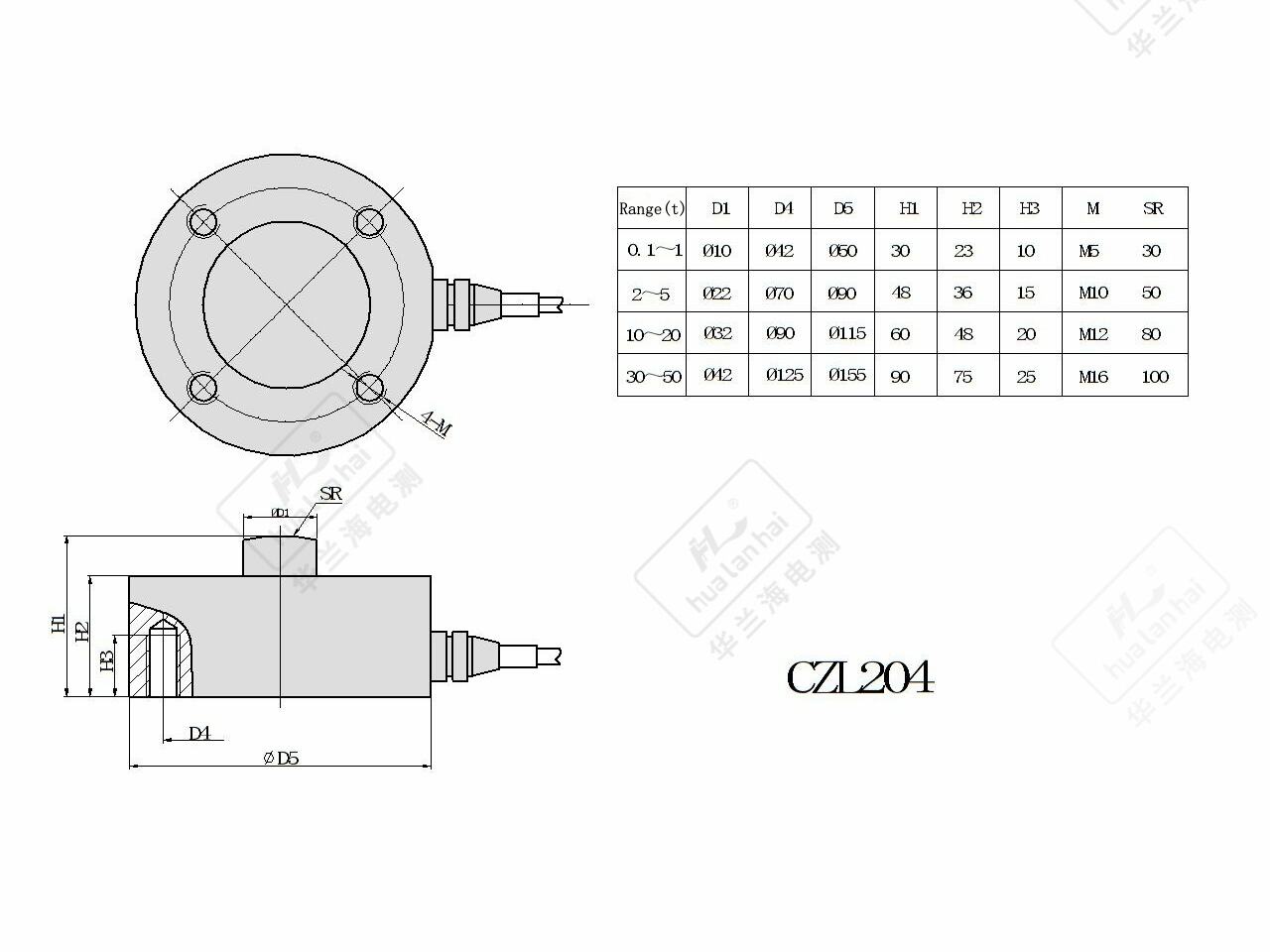
Parameters
| Parameter Name | Parameter Value |
| Sensor range | 100kg ~ 500kg |
| Accuracy class | C5 |
| Comprehensive error | ±0.2% FS |
| Output sensitivity | 2.0±0.04 mV/V |
| creep | ±0.03% FS/30min |
| Zero output | ±1.0% FS |
| Input impedance | 700±3Ω |
| Output impedance | 700±3Ω |
| insulation resistance | ≥5000 MΩ(100VDC) |
| Influence of zero temperature | ±0.05% FS/10℃ |
| Sensitivity temperature effect | ±0.03% FS/10℃ |
| Temperature compensation range | -10℃ ~ +40 ℃ |
| Operating temperature range | -30℃ ~ +70 ℃ |
| Excitation voltage | 10VDC ~ 12VDC |
| Safe overload range | 150% |
| Limit overload range | 200% |
| Material Science | Aluminum Alloy |
| Protection level | IP66 |
